In today’s era, when the logistics industry is driven by efficiency and success, optimizing delivery routes is not a convenience; it’s a strategic necessity. With the increasing complexity of delivery networks and customer demand for same-day or next-hour delivery, companies are looking to AI route optimization tools to remain competitive.
These innovative solutions are much more sophisticated than static maps and fixed schedules. They utilize live data, predictive analysis, and machine learning to adapt their route in real-time in response to immediate feedback, such as traffic, weather, or delivery constraints, and to load the right resources while planning. The result? Lower delivery costs, faster delivery times, and happier customers.
In this post, we will discuss the best AI-powered tools for delivery route optimization, along with their respective features, benefits, pricing details, and best use cases. Suppose you’re running a local fleet or scaling a national logistics collaboration network in double-quick time. In that case, this knowledge guide will help you find the right fit for the purpose of optimizing delivery with confidence.
What Is Route Optimization?
Route optimization is the process of finding the most efficient and cost-effective delivery routes while considering multiple real-world factors, not just the shortest distance between two points. These factors include:
- Available delivery vehicles
- Traffic and road conditions
- Customer-specific time windows
- Operational constraints like driver schedules or delivery priorities
The goal isn’t just to go from point A to point B; it’s to create a delivery plan that maximizes productivity and minimizes costs.
In simple terms, route optimization helps businesses deliver more orders using fewer resources, such as fuel and driver hours, while ensuring on-time deliveries, especially for high-value customers. It’s a smart way to boost efficiency, cut costs, and improve customer satisfaction all at once.
How Does Route Optimization Work?
Route optimization systems rely on algorithms and AI to analyze hundreds or thousands of potential routes, stops, schedules, and delivery circumstances in order to spit out routes that adhere to the goals of a company. The system is capable of optimization for different types of complexity, such as:
- Lowest delivery cost
- Maximum number of deliveries
- Route with the best profit margin
- Delivery preferences or SLAs particular to the customer
How Can Route Optimization Benefit Your Business?
When it comes to a small delivery team or a large logistics network, you can use route optimization to make the difference between maximizing efficiency, cutting costs, and improving customer satisfaction. Virtually all types of businesses have some common challenges – rising fuel prices, high driver turnover, difficult scheduling, and increasing customer expectations.
Your operation can benefit directly from employing AI-powered route optimization software in the following ways:
1. Optimize your fleet’s efficiency and minimize expenses
The most obvious benefit of route optimization is the ability to raise the level of revenue generated per driver. This is usually done by cutting down on wasted miles driven and fuel consumed. Because rather than manual methods of planning that are slow and inefficient, and more often than not leave out crucial costs, such as:
- Driver wages and shift limits
- Types and suitability of vehicles
- If there are any road markings or prohibitions.
Your drivers can make more deliveries in less time with smart routing, delivering stronger employee productivity without having to hire more people or extend the hours.
2. Automate Route Planning and Boost Operational Efficiency
The more you deliver, the more difficult scheduling becomes. AI-based route optimization software does a lot of the planning work for you, so much so that you’re saving many hours of manual work.
You can:
- Import orders from Excel or CSV
- Organize drivers with available locations or skill mapping, with deliveries.
- Plan by weeks, while still accommodating for last-minute changes in real time.
This means you can scale your business without adding more dispatchers, coordinators, and even gain improved visibility into long-term workforce and fleet planning.
3. Provide a Waitless Customer Experience
The success of customer satisfaction depends on one critical factor: on-time delivery. The route optimization makes sure deliveries are made when promised by taking into account customer availability windows, traffic jam delays, and driver ETA precision.
Features of contemporary tools are:
- Real-time delivery tracking
- Automatic SMS and email alerts
- Accurate ETAs
Because when you eliminate late or failed deliveries, you cover up the rescheduling headaches and build your reputation (both on and offline), which is critical to growing in the digital age.
4. Adapt Instantly to Last-Minute Changes
In logistics, the unexpected happens: a driver gets sick, a customer cancels on short notice, or a vehicle breaks down. These distractions can lead to a domino effect if your system isn’t adaptable.”
AI continuously recalculates optimum delivery routes using the most current updates, mitigating delays and maintaining delivery schedules.
You have the flexibility to respond quickly without cutting corners, letting service suffer, or burning out your team.
5. Balance Workloads and Improve Employee Retention
Conveying work based solely on geographical areas has been shown to lead to load imbalance. One driver might have 10 deliveries, another only 4, or the same workers are always tapped for overtime.
This is resolved with AI-powered optimization by:
- Balancing the workload on the fleet
- Taking into account the capabilities of vehicles (i.e., refrigeration)
- Adhere to driver shift limitations and breaks, and PTO
A fairer approach makes for better operations, it also results in happier (and more loyal) employees, and this has become essential in fields that are currently experiencing continual driver shortages.
How AI Can Transform Your Delivery Route Optimization?
1. Personalization
The ability to offer extremely personalized delivery experiences is one of the greatest advantages AI brings to route optimization. But rather than serving up a one-size-fits-all solution, AI and machine-learning algorithms today tailor routes to individual travelers based on their unique blend of preferences and constraints.
For instance, the logistics platforms can automatically take the following into account:
- Ideal delivery time for you
- Special drop-off instructions
- any gate, access code, or any other access means
- Hours of commercial delivery services
When every route can be personalized for these criteria, who could complain? Businesses are not only hitting customer expectations, but are also reducing failed delivery attempts, reschedules, and customer support load.
It’s this consumer-focused routing methodology that’s responsible for delivering on-time performance, building brand advocates, and fostering increased customer satisfaction, all while delivering operations in an attractive way from the back-end.
2. Predictive Analytics
The logistics route planning process is being revolutionized by AI-based predictive analytics. By not just referencing but learning from past experiences, as opposed to just relying on real-time traffic notifications, AI systems can predict the future ahead of you, helping your business take a strategic advantage even before problems arise.
Using a variety of historical and contextual data, like previous traffic flow, the weather forecast, holidays, local events, and even time-of-day patterns, AI can predict the likelihood of delays or roadblocks before they become problematic for your operation.
This predictive nature means that route optimization tools can:
- Recommend preventative alternative routes to upcoming traffic jams
- Reschedule according to expected delays caused by rain, fog, or snow.
- Reschedule deliveries before public holidays or city events
- Enhance dispatch decisions with added insight into demand spikes
In turn, logistics teams can plan more effectively, mitigate unexpected disruptions, and maintain consistent delivery windows. Predictive routing leads to better fleet availability and better cost control, and also provides your customers with a smoother, more predictable experience.
3. Safety
In logistics, safety is not just a priority — it’s an obligation. As delivery volumes rise and deadlines seem to be quicker, it becomes all the more critical to provide a safe mode of operation to safeguard people, business & reputation. This is where AI-enabled route optimization becomes important.
Leveraging sophisticated data analysis techniques, AI systems can predict risky areas (e.g., accident-prone intersections, under-lit streets or paths with high pedestrian foot-traffic) by first analyzing historical crash reports, the condition of the road, and incidents on the road at hand. Upon this, dynamic route considerations are made in order to mitigate the entering of high-risk areas, making the travel safer for drivers.
Furthermore, AI-integrated solutions allow real-time monitoring of driver behavior. They can monitor hard brakes, speeding, sharp turns, or signs of drowsiness, immediately alerting or providing feedback to the driver or a fleet manager. These insights can be used to both address unsafe driving behaviors as well as long-term driver training and policy enforcement.
By incorporating safety into the routing algorithm, businesses can:
- Cut down on accidents and downtime
- Increase conformity of transport laws
- Promote the well-being and confidence of drivers
- Develop a stronger brand voice and identity that puts safety first
Using AI as part of your routing strategy isn’t merely about efficiency—it’s about responsible, caring service.
4. Sustainability
Sustainability is no longer buzzworthy in today’s logistics landscape – it’s a game changer. AI-based route optimization is key to boosting environmental mobility by lowering emissions and fuel use and allowing for cleaner operations.
Considering parameters as being:
- Type of vehicle and fuel economy
- Electric cars’ battery mileage
- Green corridors or low emission zones (LEZ) availability
- Real-time traffic flow and queue lengths
AI algorithms turn out the most environmentally responsible routes for each trip. This means fewer miles driven, better fuel consumption, and a tangible decrease in greenhouse gases.
Logistics firms incorporating artificial intelligence-based routing methods can directly promote:
- Lower operating costs from decreased fuel consumption
- Conformity with sustainable laws and carbon goals
- CSR and green brand positioning
- Global ESG targets supported by long-term climate plans
Top AI Tools For Delivery Route Optimization
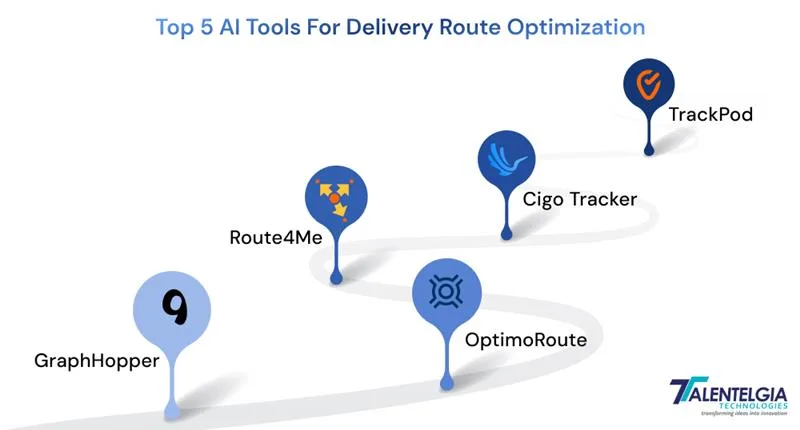
1. Graphhopper
GraphHopper is a fast and efficient open-source routing engine to help service providers, such as fleet management, telematics solutions, and logistics companies, integrate easily navigation, route optimization, or tour planning into their Android apps. Based on open source data and trusted by companies worldwide, GraphHopper enables powerful logistics and optimization with its intuitive interface that makes answering questions like multi-stop route optimization, address geocoding, and travel times fast and easy through its range of APIs. If you are a startup or a massive company, GraphHopper helps you build the right logistics and services that scale.
Key Features:
- Routing API allows you to calculate the fastest and shortest routes with turn-by-turn directions like cycling, driving, walking, and more, supporting a number of vehicle types and widely recognised among the most applied app routing profiles.
- The Route Optimization API allows you to automatically generate the best delivery or service routes, taking into account constraints such as vehicle capacity, time windows, and multi-driver shifts—perfect for logistics and last-mile delivery apps.
- Use the Matrix API to get estimates of travel times and distances for many origins and destinations in one request, and to help plan the schedules of your drivers and shipments and reduce fuel consumption, among other use cases.
- With the Geocoding API, you will be able to change addresses into the precise latitude and longitude green point or reverse-geocode them back into usable, human-readable addresses gold point, recognizing all relevant open-source geographic data.
Pricing Model of Graphhopper
| Plan | Price | Daily Credits | Max Locations | Max Vehicles | SLA | Commercial Use |
|---|---|---|---|---|---|---|
| Free | €0 | 2,500 | 5 | 1 | No SLA | ❌ |
| Basic | €56 | 5,000 | 30 | 2 | 15 min | ✅ |
| Standard | €160 | 15,000 | 80 | 10 | 20 min | ✅ |
| Premium | €384 | 50,000 | 200 | 20 | 30 min | ✅ |
| Custom | Custom | 50,000+ | 1,000+ | 200+ | 60 min | ✅ |
GraphHopper Routing API Pros:
- Provides flexible and scalable pricing to meet the requirements of small and enterprise-level projects.
- Based on open-source openstreetmap data, less reliance on proprietary providers.
- Integrable APIs with easy-to-understand documentation.
- Offers powerful, advanced optimisation capabilities suited perfectly for logistics-heavy businesses.
GraphHopper Routing API Cons:
- The free plan has a maximum number of credits per day and is not for commercial use.
- Real-time traffic information is not a built-in feature and can be incorporated via third parties.
- While you don’t have to be a developer to use them, knowledge of technology is essential, and non-technical users will often need developer assistance.
- White-label and premium SLA are available on higher-priced plans only.
2. OptimoRoute
OptimoRoute is an AI-based route optimization and delivery management software that helps businesses plan their transportation, schedule & services. It’s being used by companies in logistics, field service, food delivery & e-commerce.50+ automatic features for planning, real-time tracking, and customer alerts. No matter how small or big your fleet is, OptimoRoute can be customized to fit your business with flexible pricing, a driver app that can be personalized extensively, and support for commercial truck routing.
Features of OptimoRoute:
- Automated Planning allows you to upload thousands of orders and instantly generate the most efficient schedules while considering working hours, load capacity, delivery constraints, and cost reduction.
- Live Tracking and ETA help you monitor driver locations in real time, view accurate estimated arrival times, and offer customers reliable delivery information through SMS or email updates.
- The Driver Mobile App equips drivers with real-time route updates, task details, barcode scanning, and proof of delivery tools, including signature capture, photos, and notes for accountability.
- Real-time Route Modification makes it easy to add last-minute orders, reshuffle stops, or accommodate driver changes using a drag-and-drop interface with automatic recalculation.
Pricing Model of OptimoRoute:
| Plan | Price/Month | Max Orders | Key Features |
|---|---|---|---|
| Lite | $35.10 | Up to 700 | Driver app, route history, exports, live tracking, Web API |
| Pro | $44.10 | Up to 1,000 | Everything in Lite + analytics, weekly planning*, order tracking, proof of delivery, feedback |
| Custom | Contact Sales | Thousands | All Pro features + commercial routing, long-haul support, pickup & delivery, expert consulting |
Pros of OptimoRoute:
- Designed for businesses of all sizes. From small teams to enterprises managing thousands of orders.
- Detailed feature set includes powerful logistics features such as hazmat routing, barcode scanning, and proof of delivery.
- Very user-friendly with drag-and-drop route changes for dispatch.
- AI enables businesses to communicate in real time with customers by sharing live delivery updates and estimated time of arrival.
Cons of OptimoRoute:
- For a large number of vehicles per driver, pricing can get expensive.
- Some tools (such as commercial routing or long-haul support) are exclusive to the Custom plan.
- Support Weekly Planning has to be turned on manually.
- Not ideal for small or medium-sized businesses in need of a freemium product, as that level of service is not provided.
3. Route4Me
Route4Me is a complete last-mile delivery and logistics optimization platform that empowers businesses, small and large, to take the hassle out of delivery management. Used with Route4Me’s unrivaled cloud-based optimization technology to create, share, and drive dynamic routes, they enable people to work together and win together as they drive the best possible routes. The solution easily connects with supply chain systems, fleet telematics, and business tools, enabling end-to-end coordination from route planning to customer experience. With proprietary optimization algorithms and automation, Route4Me is laser-focused on helping companies, big and small, master delivery efficiency at scale.
Features of Route4Me:
- Businesses can use Route4Me’s Route Planning engine to design dependable, multi-stop routes in seconds that save time, eliminate manual effort, and let drivers get more stops done per day.
- Managers can track driver activity at that time, so live adjustments can be made and real-time deliveries are made possible thanks to built-in GPS & fleet tracking tools.
- The offering optimizes Driver Efficiency through digital route sequencing, and navigation that never gets lost or too far behind, which means arriving on time and reduces waiting , no more driving in circles.
- Route4Me connects with core Business Operations and 3rd party systems, syncing with plans, schedules, orders, and customer communication to provide a complete last-mile package.
Pricing Model of Route4Me
| Plan | Price/User/Month | Minimum Monthly Cost | Includes |
|---|---|---|---|
| Route Optimization | $60 | $300 (5 users included) | Route planning & optimization, dispatch & tracking, customer notifications, voice navigation, proof of delivery |
| Business Optimization | $90 | $450 (5 users included) | Everything in Route Optimization + business rules, mixed fleet support, depot optimization, productivity tools |
| Enterprise Optimization | Custom Pricing | Contact Sales | All Business Optimization features + custom deployment, tailored onboarding, professional services, custom algorithms & APIs |
Pros of Route4Me:
- Proven enterprise scale for companies with large delivery volume & complex delivery operations.
- Quick and optimal route planning is a time, money, and labour-saving process.
- Tight integration with third-party systems, including ERPs, telematics, and business apps.
- Deep analytics and reporting provide strategic, operational, and real-time visibility.
- User-friendly manager and driver apps are available on the go for full last-mile control.
Cons of Route4Me:
- The pricing model can be expensive for companies with multiple drivers or more sophisticated requirements (details next).
- Installing and integrating initially may require some tech help, depending on your stack.
- More advanced functionality, such as custom workflows or access to the API, is typically kept for higher-tier plans.
- No free version for long-term testing, and the trial is short.
4. Cigo Tracker
Cigo Tracker is a robust last-mile delivery optimization platform built to empower businesses to deliver faster, smarter, and more efficiently. Built for today’s logistics teams, Cigo uses real-time data, smart automation, and predictive analytics to simplify the delivery operation from dispatch to doorstep. No matter if you oversee a small fleet or are scaling enterprise logistics, Cigo enables you to drive down costs, improve delivery density, and raise customer satisfaction with every mile.
Optimized Route Planning: Plan the best delivery routes with real-time traffic and optimise for priorities and smart scheduling to reduce fuel, time, and other associated costs.
Real-Time Delivery Tracking: Watch deliveries in real time, get full transparency over your fleet’s movement, and make sure teams and customers are updated throughout.
Dynamic ETA Generation: Cigo automatically generates real-time ETAs reflecting traffic and route conditions that keep you reliable and predictable.
Immediate Customer Alerts: Proactive alerts and delivery updates by SMS or email, so customers stay in the loop with their delivery, minimize missed deliveries, and add to satisfaction.
Pricing Model: Custom
5. TrackPod
Track-POD is a handy delivery & pickup tracking software created for businesses that seek to accelerate their operations, minimize delivery failures, and ensure perfect customer service. Offering real-time GPS tracking, on-the-fly route adjustments, and electronic proof of delivery (ePOD), it enables logistics managers to optimize all the stages of the delivery process, starting from importing orders and ending with customer sign-off. Regardless of whether you are looking to keep track of local deliveries or solve complex fleet management issues, tracking delivery status is the most important thing that can help you stay competitive and successful, and improve your numbers from 50% to 100%. It’s the smarter, faster, more efficient way to handle last-mile logistics — no paperwork, no guesswork, and, best of all, full transparency.
Features of TrackPod:
Electronic proof of delivery (ePOD) in Real Time: Get recipient signatures, take delivery photos, add a timestamp, and sync data in real time with our free mobile app to digitally confirm deliveries as successful, even when you’re off the grid.
Advanced Route Optimization: Plan several stops in seconds. Track-POD optimizes delivery routes for you; this process saves time, fuel, money, and man-hours, and increases your order capacity per every delivery trip.
Live Tracking of Driver & Vehicle: Track all of your drivers on a live map, see their live statuses, the actual delivery route, with up-to-the-minute performance, all through a single dashboard.
Immediate Notifications & ETA Alerts: Brand messages and provide customers with live tracking links and exact arrival time to build loyalty and minimize failed attempts.
Pricing Model of TrackPod
| Plan | Price (Annual Billing) | Price (Monthly Billing) | Minimum Drivers | Key Features |
|---|---|---|---|---|
| Advanced | $49/month per driver/vehicle | $59/month per driver/vehicle | 3 | Route optimization, live tracking, ePOD, offline mode |
| Advanced Plus | $69/month per driver/vehicle | $79/month per driver/vehicle | 3 | Everything in Advanced, branded tracking pages, and advanced analytics |
| Ultimate | $89/month per driver/vehicle | $99/month per driver/vehicle | 3 | All Advanced Plus features, custom labels, API integration, performance reports |
| Enterprise | Custom Pricing | Custom Pricing | 20 | Full enterprise solution, SLA support, white-labeled, volume discounts |
Conclusion
As delivery networks grow more complex and customer expectations continue to rise, businesses can no longer rely on manual planning or static routes. AI-powered delivery route optimization tools are revolutionizing logistics by enabling real-time adjustments, predictive analytics in supply chain, and smart resource allocation. From reducing fuel consumption and delivery times to increasing on-time performance and customer satisfaction, these tools offer a measurable impact across the board.
Whether you're managing a small fleet or scaling enterprise-level logistics, investing in the right AI routing software can dramatically enhance operational efficiency and future-proof your delivery strategy. Explore your options, test what aligns best with your business goals, and leverage the power of AI to stay competitive in the fast-moving world of last-mile logistics.


 Healthcare App Development Services
Healthcare App Development Services
 Real Estate Web Development Services
Real Estate Web Development Services
 E-Commerce App Development Services
E-Commerce App Development Services E-Commerce Web Development Services
E-Commerce Web Development Services Blockchain E-commerce Development Company
Blockchain E-commerce Development Company
 Fintech App Development Services
Fintech App Development Services Fintech Web Development
Fintech Web Development Blockchain Fintech Development Company
Blockchain Fintech Development Company
 E-Learning App Development Services
E-Learning App Development Services
 Restaurant App Development Company
Restaurant App Development Company
 Mobile Game Development Company
Mobile Game Development Company
 Travel App Development Company
Travel App Development Company
 Automotive Web Design
Automotive Web Design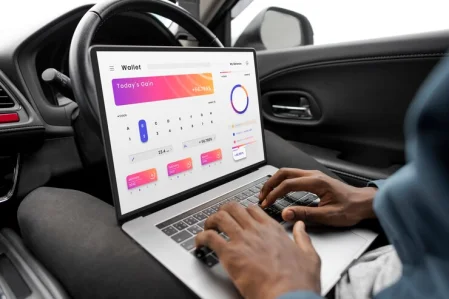
 AI Traffic Management System
AI Traffic Management System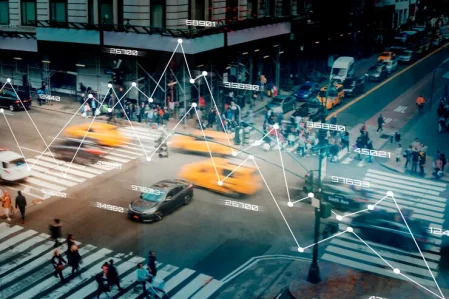
 AI Inventory Management Software
AI Inventory Management Software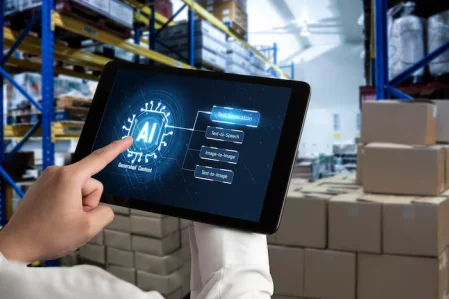
 AI Software Development
AI Software Development  AI Development Company
AI Development Company  AI App Development Services
AI App Development Services  ChatGPT integration services
ChatGPT integration services  AI Integration Services
AI Integration Services  Generative AI Development Services
Generative AI Development Services  Natural Language Processing Company
Natural Language Processing Company Machine Learning Development
Machine Learning Development  Machine learning consulting services
Machine learning consulting services  Blockchain Development
Blockchain Development  Blockchain Software Development
Blockchain Software Development  Smart Contract Development Company
Smart Contract Development Company  NFT Marketplace Development Services
NFT Marketplace Development Services  Asset Tokenization Company
Asset Tokenization Company DeFi Wallet Development Company
DeFi Wallet Development Company Mobile App Development
Mobile App Development  IOS App Development
IOS App Development  Android App Development
Android App Development  Cross-Platform App Development
Cross-Platform App Development  Augmented Reality (AR) App Development
Augmented Reality (AR) App Development  Virtual Reality (VR) App Development
Virtual Reality (VR) App Development  Web App Development
Web App Development  SaaS App Development
SaaS App Development Flutter
Flutter  React Native
React Native  Swift (IOS)
Swift (IOS)  Kotlin (Android)
Kotlin (Android)  Mean Stack Development
Mean Stack Development  AngularJS Development
AngularJS Development  MongoDB Development
MongoDB Development  Nodejs Development
Nodejs Development  Database Development
Database Development Ruby on Rails Development
Ruby on Rails Development Expressjs Development
Expressjs Development  Full Stack Development
Full Stack Development  Web Development Services
Web Development Services  Laravel Development
Laravel Development  LAMP Development
LAMP Development  Custom PHP Development
Custom PHP Development  .Net Development
.Net Development  User Experience Design Services
User Experience Design Services  User Interface Design Services
User Interface Design Services  Automated Testing
Automated Testing  Manual Testing
Manual Testing  Digital Marketing Services
Digital Marketing Services 
 Ride-Sharing And Taxi Services
Ride-Sharing And Taxi Services Food Delivery Services
Food Delivery Services Grocery Delivery Services
Grocery Delivery Services Transportation And Logistics
Transportation And Logistics Car Wash App
Car Wash App Home Services App
Home Services App ERP Development Services
ERP Development Services CMS Development Services
CMS Development Services LMS Development
LMS Development CRM Development
CRM Development DevOps Development Services
DevOps Development Services AI Business Solutions
AI Business Solutions AI Cloud Solutions
AI Cloud Solutions AI Chatbot Development
AI Chatbot Development API Development
API Development Blockchain Product Development
Blockchain Product Development Cryptocurrency Wallet Development
Cryptocurrency Wallet Development About Talentelgia
About Talentelgia  Our Team
Our Team  Our Culture
Our Culture 
 Healthcare App Development Services
Healthcare App Development Services Real Estate Web Development Services
Real Estate Web Development Services E-Commerce App Development Services
E-Commerce App Development Services E-Commerce Web Development Services
E-Commerce Web Development Services Blockchain E-commerce
Development Company
Blockchain E-commerce
Development Company Fintech App Development Services
Fintech App Development Services Finance Web Development
Finance Web Development Blockchain Fintech
Development Company
Blockchain Fintech
Development Company E-Learning App Development Services
E-Learning App Development Services Restaurant App Development Company
Restaurant App Development Company Mobile Game Development Company
Mobile Game Development Company Travel App Development Company
Travel App Development Company Automotive Web Design
Automotive Web Design AI Traffic Management System
AI Traffic Management System AI Inventory Management Software
AI Inventory Management Software AI Software Development
AI Software Development AI Development Company
AI Development Company ChatGPT integration services
ChatGPT integration services AI Integration Services
AI Integration Services Machine Learning Development
Machine Learning Development Machine learning consulting services
Machine learning consulting services Blockchain Development
Blockchain Development Blockchain Software Development
Blockchain Software Development Smart contract development company
Smart contract development company NFT marketplace development services
NFT marketplace development services IOS App Development
IOS App Development Android App Development
Android App Development Cross-Platform App Development
Cross-Platform App Development Augmented Reality (AR) App
Development
Augmented Reality (AR) App
Development Virtual Reality (VR) App Development
Virtual Reality (VR) App Development Web App Development
Web App Development Flutter
Flutter React
Native
React
Native Swift
(IOS)
Swift
(IOS) Kotlin (Android)
Kotlin (Android) MEAN Stack Development
MEAN Stack Development AngularJS Development
AngularJS Development MongoDB Development
MongoDB Development Nodejs Development
Nodejs Development Database development services
Database development services Ruby on Rails Development services
Ruby on Rails Development services Expressjs Development
Expressjs Development Full Stack Development
Full Stack Development Web Development Services
Web Development Services Laravel Development
Laravel Development LAMP
Development
LAMP
Development Custom PHP Development
Custom PHP Development User Experience Design Services
User Experience Design Services User Interface Design Services
User Interface Design Services Automated Testing
Automated Testing Manual
Testing
Manual
Testing About Talentelgia
About Talentelgia Our Team
Our Team Our Culture
Our Culture
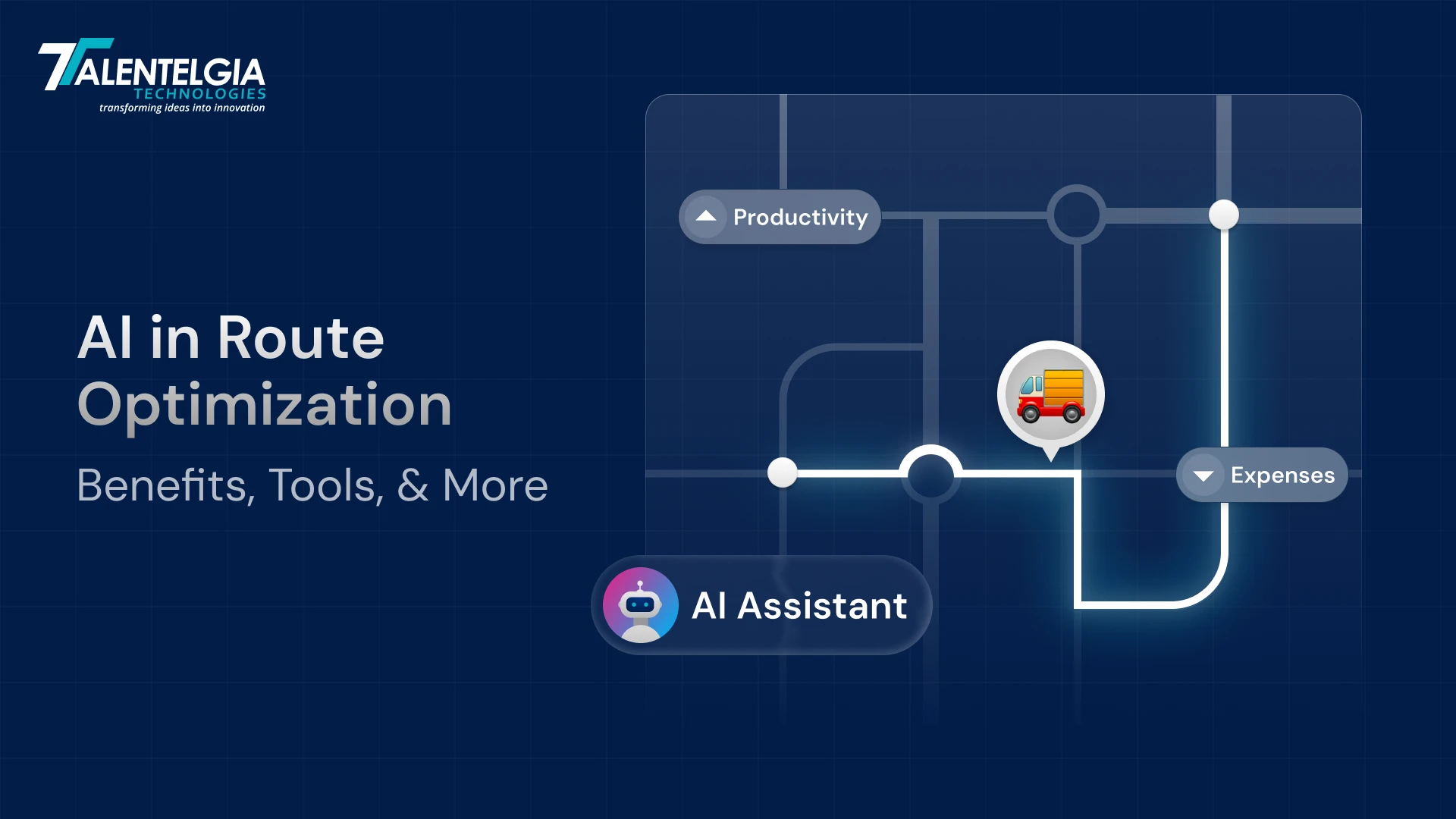
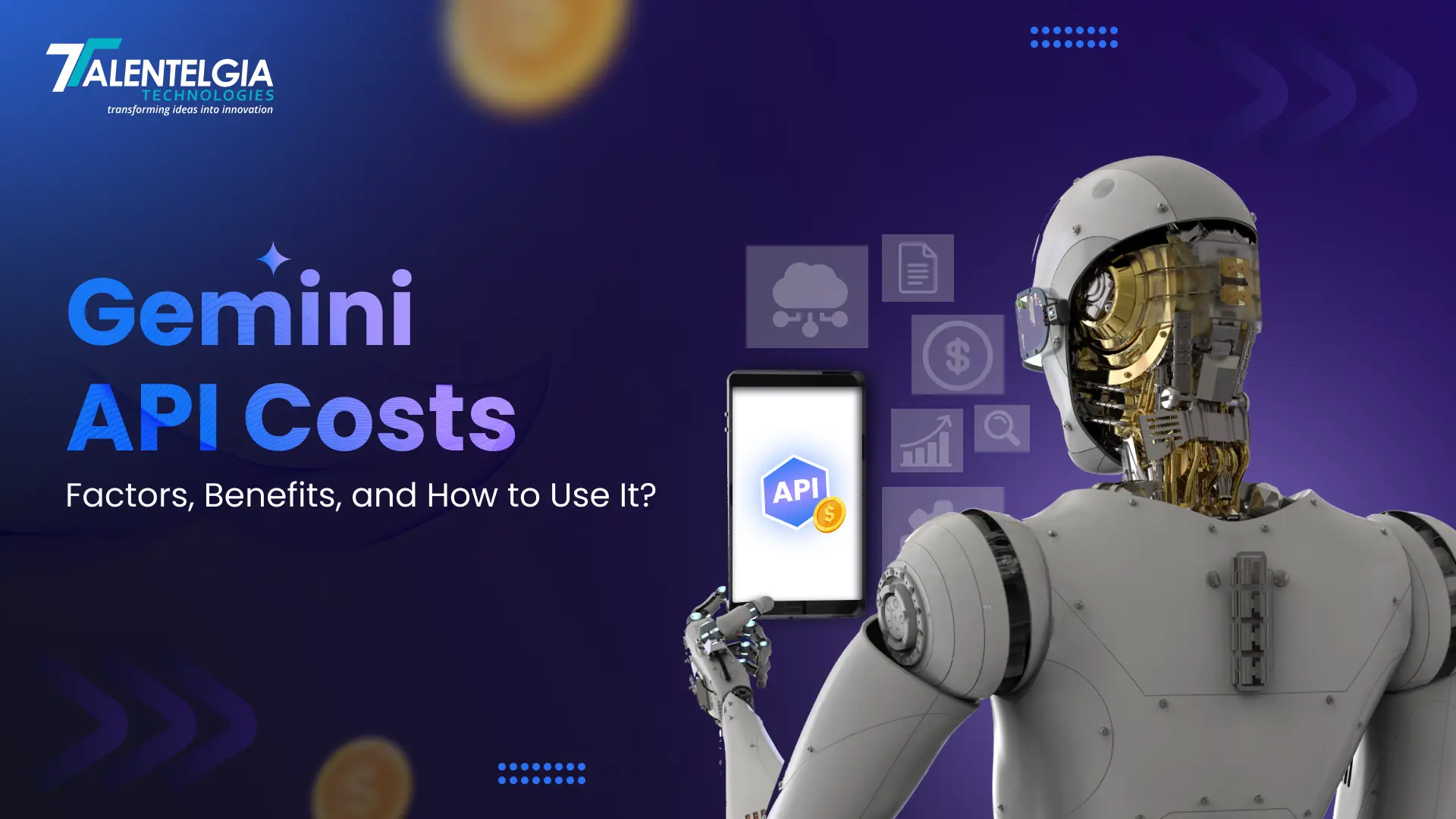

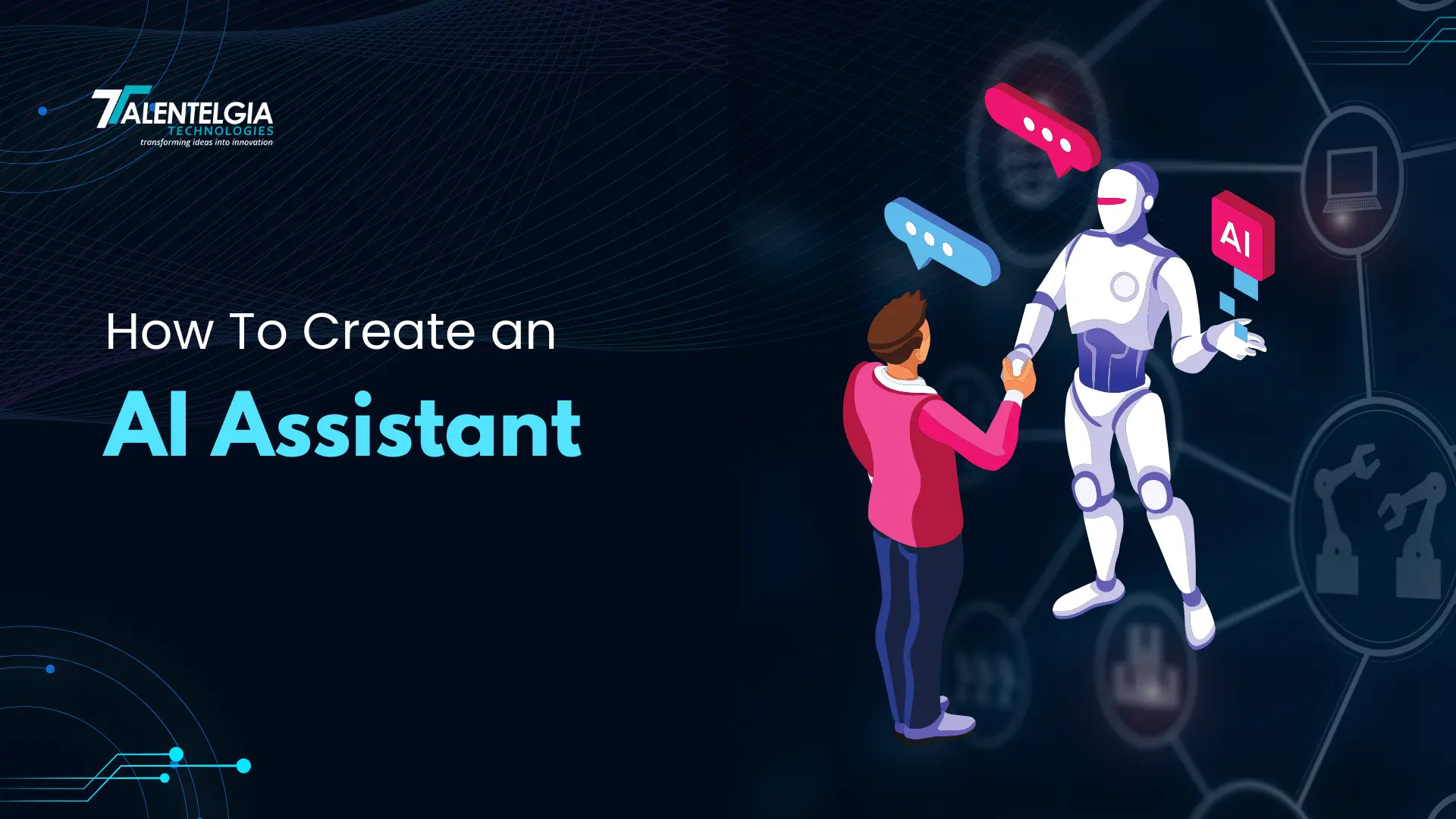












 Write us on:
Write us on:  Business queries:
Business queries:  HR:
HR: 




